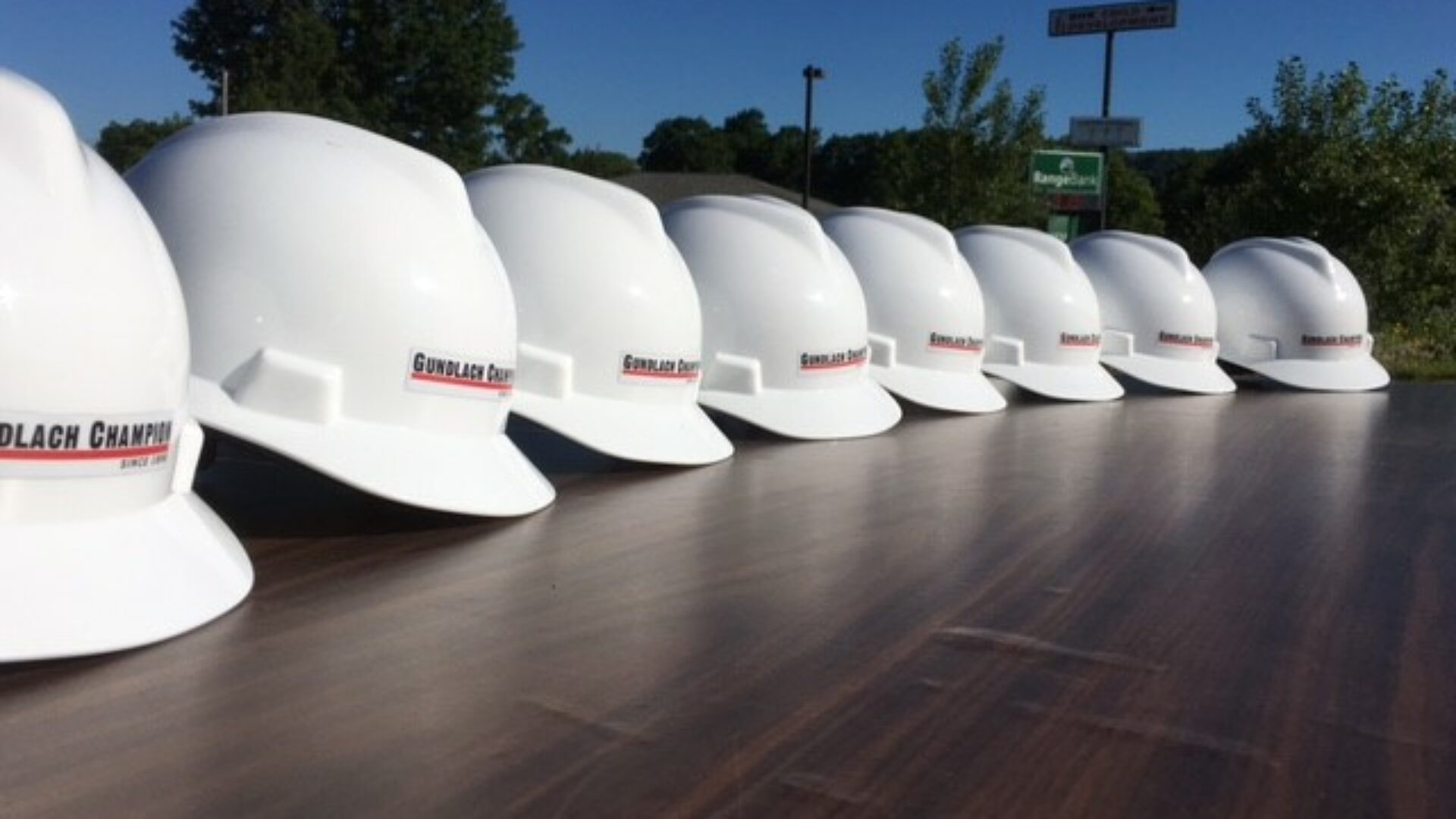A construction delivery method is a system used throughout the project. It connects the owner, designer, and builder in the most efficient process to achieve the project’s goals. This approach is critical because the key to a successful construction project relies on the effective coordination and communication of all parties involved. The types of construction delivery methods are General Contracting (GC), Construction Management (CM), and Design Build (DB). The following are a description of each:
GC – General Construction
General Construction is the most prevalent used delivery method. GC provides linear management throughout the project with the design team and contractor accountable to the owner. The owner provides the plans to the builder contracted by the owner or developer to either self-perform or subcontract services. Before any ground is broken, the project design and scope are defined clearly. The cost is competitively bid for review and approval. GC does have drawbacks, including a greater risk of litigation and minimal contractor input on the project.
DB – Design Build
Design Build is the next most popular construction delivery method. The DB system consists of one source for all design and construction services. An efficient delivery method, it is able to resolve any design and construction issues in the pre-construction phases. Unlike GC, owner control is less and gives the contractor more control in meeting the budget. DB disadvantages include less oversight on change orders and subcontractors. While eliminating the bidding process might increase early estimates, there are less unforeseen construction issues, thereby lowering the final cost.
CM – Construction Management
With the CM delivery method, a construction professional is hired to manage the project from pre-planning through completed construction by the owner. The two types of this delivery method are CM at Risk (CMAR) and CM Multi-Prime (CMMP) and are often used in combination on a project. Using both CMAR and CMMP on a project maintains better control of project costs. In addition, the teamwork between the owner, architect, and construction professional handles changes in design or scope more efficiently. A CM disadvantage is that individual contracts are with the owner by the other parties leading to more adversarial relationships and disputes.
Gundlach Champion has extensive experience with all of these delivery methods and helping clients across the Upper Peninsula of Michigan and Northern Wisconsin. The GCI team brings over 350 years of combined experience to every commercial construction project, from new buildings to renovations. To discuss your next project, contact us at gcfirst.com.

